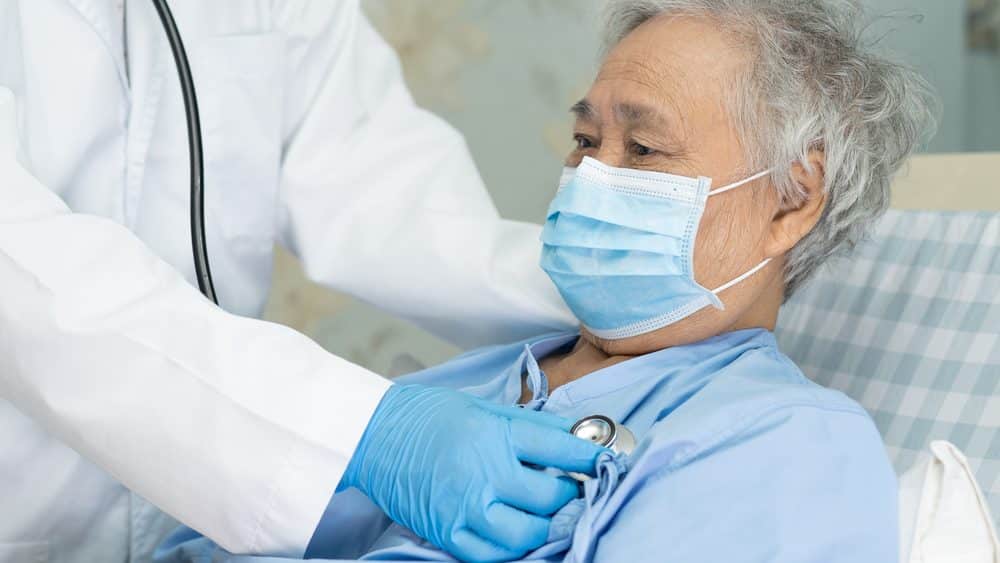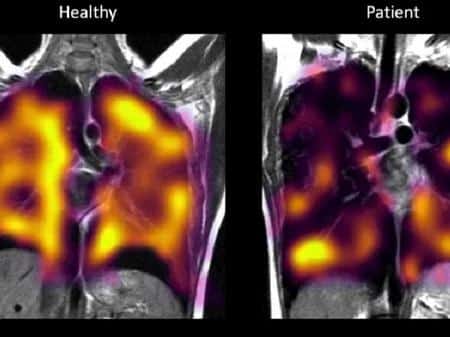A long covid study seeks to better understand why previously infected people experience side effects such as shortness of breath.
According to a pilot study carried out in the United Kingdom, some people with long Covid may suffer hidden lung damage. In this way, it would be possible to explain the shortness of breath that patients report feeling, even after their recovery. The scientists involved in the project used a new method to detect lung lesions, which are not usually identified in routine examinations.
11 people who did not need hospital care when they had Covid for the first time were assessed. However, the study volunteers, even after recovering, were short of breath for a long period of time. Now, another larger and more detailed survey is underway to confirm what they initially found. After all, the published work is already based on a previous study. In it, people who were admitted to hospital with Covid were analyzed.
For researchers, the findings help to better understand why shortness of breath is so common during and after coronavirus. However, there are several reasons for this problem, and they are also complex. In this sense, the term “long Covid” is used to refer to a set of symptoms. They continue for several weeks after the initial presentation, and it is not possible to explain them by any other cause.
Long Covid study seeks to understand side effects of the disease

The team studying the case included experts from universities such as Oxford, Birmingham, Cardiff and Manchester. In it, they compared the results of an imaging test that uses a gas called xenon, as well as other lung function tests in 3 different groups. The first group had 11 people with long Covid, shortness of breath and who did not need to be hospitalized during the infection. The second had 12 volunteers, hospitalized, but without long-lasting symptoms.
Finally, the third group had 13 healthy people, so that the results could be compared. During the approach, everyone inhaled xenon gas during an MRI. The gas behaves like oxygen, but the difference is that it is possible to track it visually during the exam. This way, scientists could see how it moved from the lungs to the bloodstream. This is an essential step in the transport of oxygen in the body.
Soon after, they discovered that, for participants in group 2, with long Covid, the transfer was less effective than that observed in healthy individuals. In the case of hospitalized women, it was also possible to identify a similar problem during the transition.
According to pulmonologist Emily Fraser, seeing people seeking medical help without being able to explain why they are out of breath is frustrating. “This is important research and I really hope it helps shed more light on this issue. It’s important for people to know that rehabilitation strategies and respiratory training can be really helpful. When we see people out of breath, we understand the problem and can intervene better.”

Sign up for our newsletter and stay up to date with exclusive news
that can transform your routine!
Warning: Undefined array key "title" in /home/storelat/public_html/wp-content/plugins/link-whisper-premium/templates/frontend/related-posts.php on line 12
Warning: Undefined array key "title_tag" in /home/storelat/public_html/wp-content/plugins/link-whisper-premium/templates/frontend/related-posts.php on line 13




